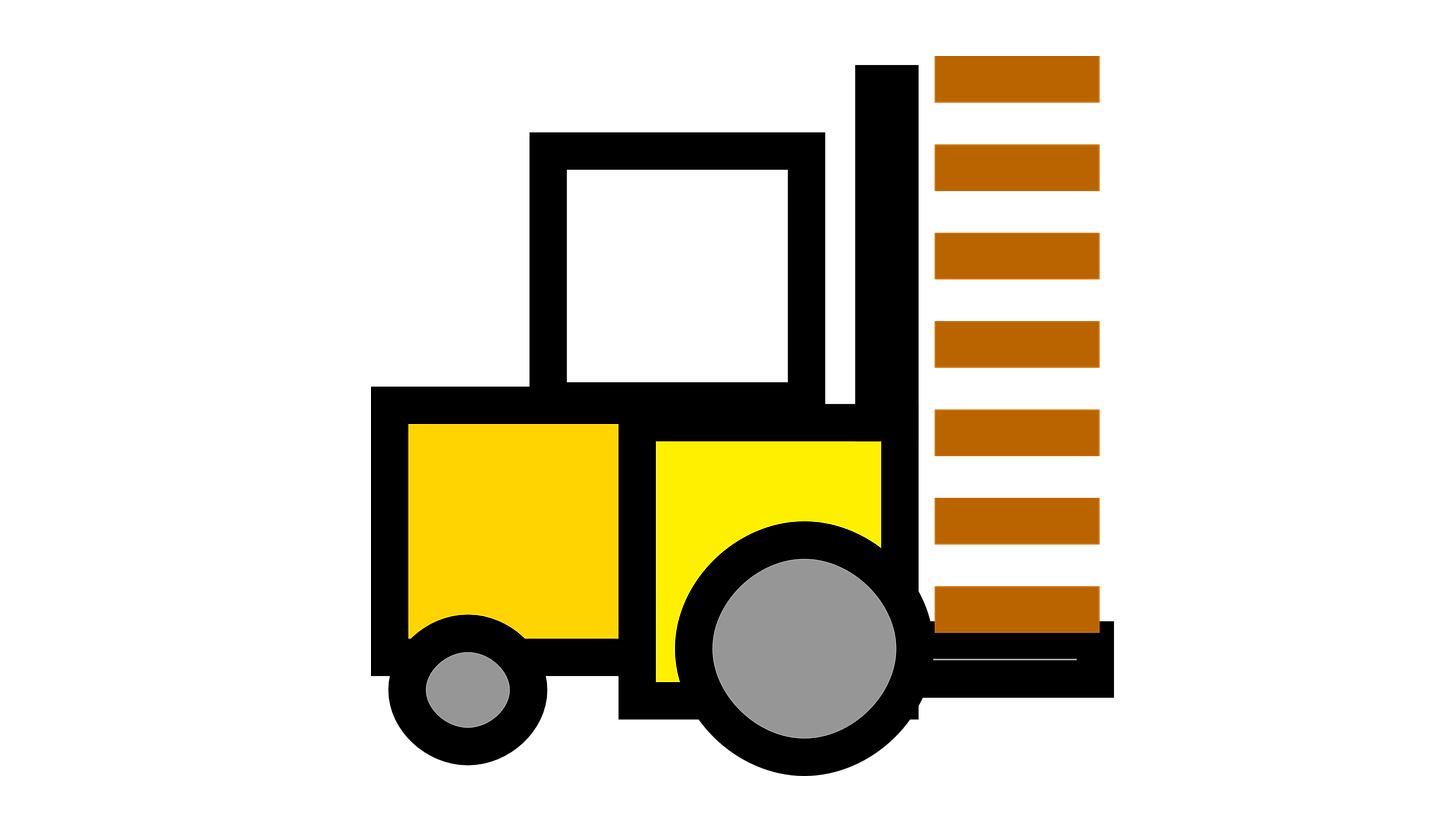The rapid growth of technology is already impacting the pallet delivery industry sector. And thanks to the high tech-innovations, according to Statista, by end of 2019 the fourth-party logistics (4PL), which involve outsourcing and management of logistics to 3rd party operators, will reach a global value of around $56.21 billion, up from 2018’s value of $54.06 billion. And it’s expected to grow further towards a rate of $84.17 by 2027. And to provide an outline of how the technology of the future will impact the pallet delivery sector, here’s a list of 4 trends to expect in the distribution industry.
Automation Moves Pallet Delivery Forward
Robotic pallet delivery systems will soon become the general norm. The industry will welcome autonomous pallet delivery vehicles which are filled with carefully engineered robot dogs. But it’s likely that autonomous delivery will first develop in the B2B arena before B2C because its easier to achieve autonomous delivery in commercial distribution. Consider that automated couriers can work non-stop, but nobody will want to have their groceries or personal items delivered at 2 o’clock in the morning. Also, special automated receiving systems implemented in warehouses can streamline the pallets’ delivery process.
Automation will also significantly decrease distribution costs, but you’ll find fully integrated pallet delivery brokers use automation. Through special software, ParcelBroker offers its clients the best rates available on the market for pallet delivery service which meets their requirements. You should only fill in a user-friendly online order form and include relevant data such as the pick-up and delivery location and the dimensions of the pallets. Once you’ve provided the required information, the online platform will list a variety of quotes from different service suppliers.
Leaping Towards City Warehouses
Although large retailers and powerful distribution companies have engaged in expensive trials involving flying or wheeled drones and robots, almost immediate delivery will likely become possible as soon as city warehouses become a reality. Large companies such as Amazon are implementing the Amazon Now program which promises a delivery service of up to one hour. The retailer started to purchase small warehousing facilities in a variety of cities worldwide so drivers can deliver pallets and parcels at a last minute’s notice. The main reason to develop extremely fast delivery capabilities is that it’s attractive to online prospects. But to make hyper-speed deliveries possible, companies must use a combination of expertise and city centre warehousing solutions. But, for example, in the UK, about 75% of the total storage capacity is booked.
Eco-Friendly Pallet Deliveries
According to Pam Danzinger, a trend commentator for Canvas, 2019 will be the start of responsible consumerism. Many big and small retailers are already noticing the benefits of environmental awareness. But the shift isn’t entirely caused by a desire to protect the environment. It’s also due to local legislation such as the national program led by the UK Government to reduce CO2 emissions in major cities across the UK.
Synchronizing the Supply Chain
When a company controls the entire supply chain it can set different rules for the processing and production procedures which simplify and streamline distribution. In ideal circumstances, a company will only produce a specific number of products to replace what has been purchased. The secret lies in creating a synchronized supply chain which companies can leverage to identify where each product is at any given time. And RFID tag technology enables this tracking and it’s being implemented in warehouses and processing lines around the world. The tags communicate with a reader through radio signals and provide relevant information about the products. For example, in a warehouse or other similar storage facility, an automated RFID reader can request data on new pallets of products and receive information regarding each product in the pallet. And RFID readings can be performed even while the pallets are being loaded into a truck or other means of transportation. RFID readings can originate from multiple sources so that a company knows exactly where the pallets throughout the distribution network.

